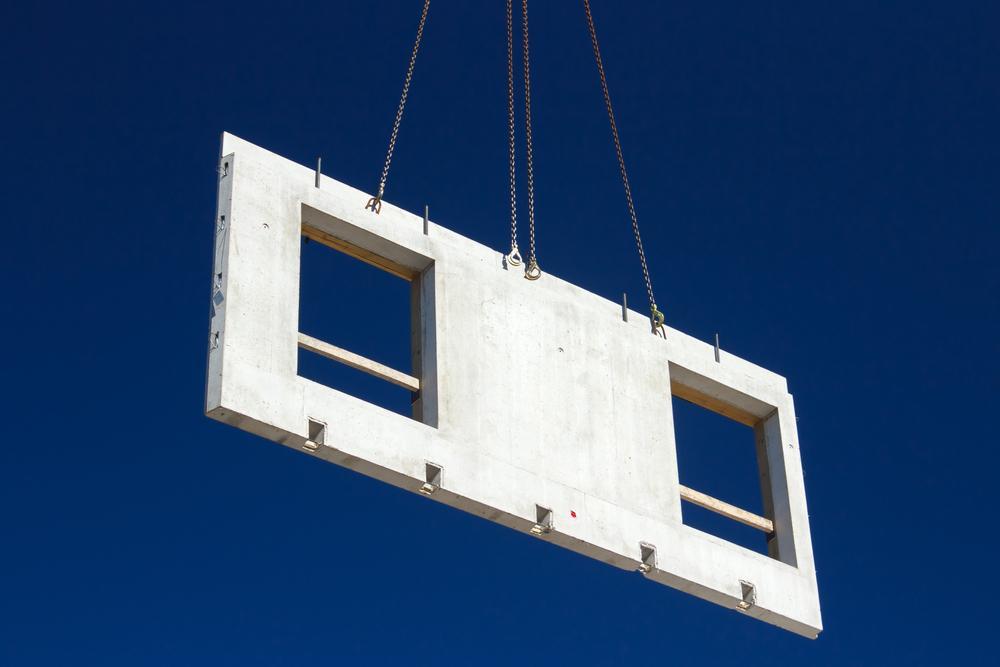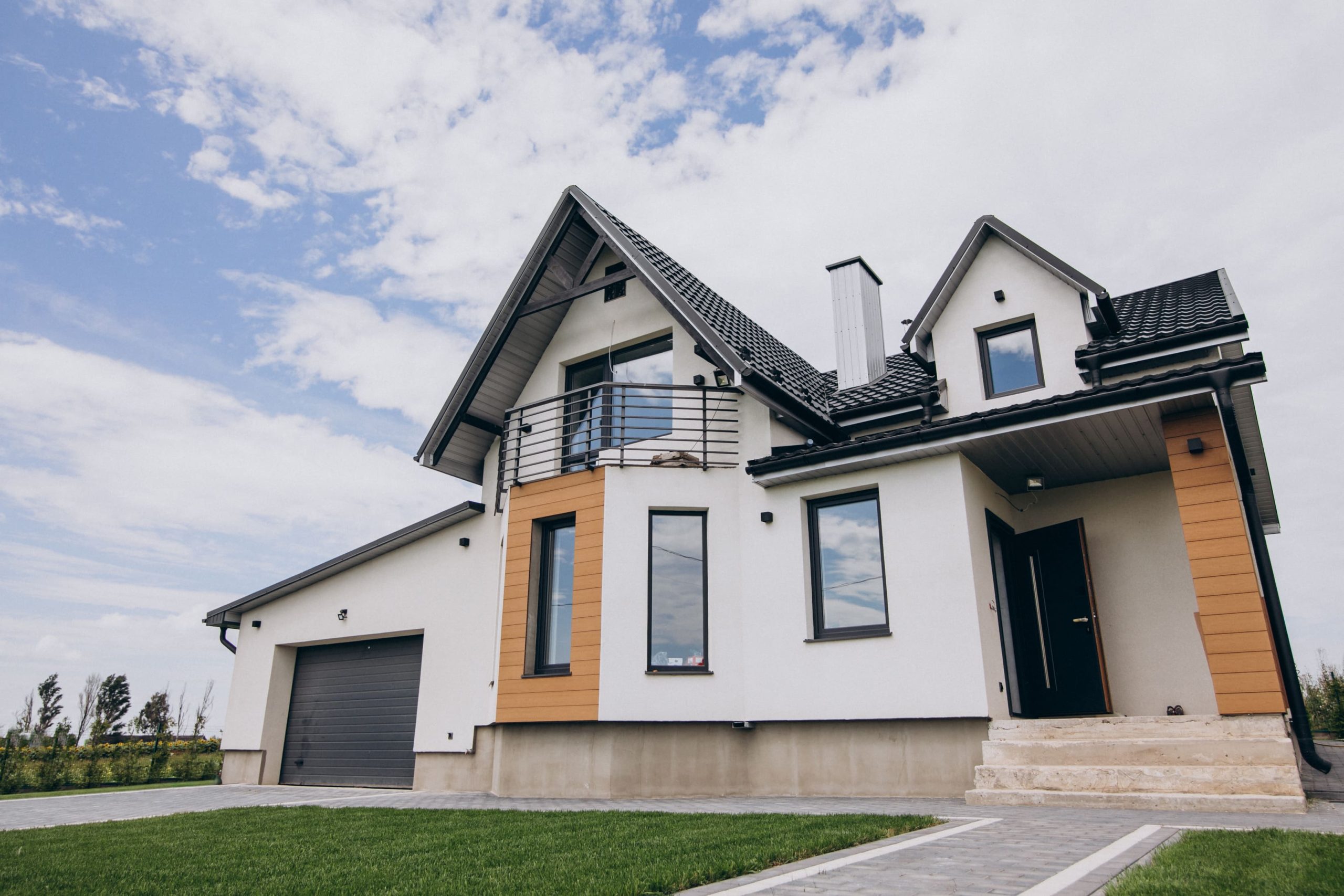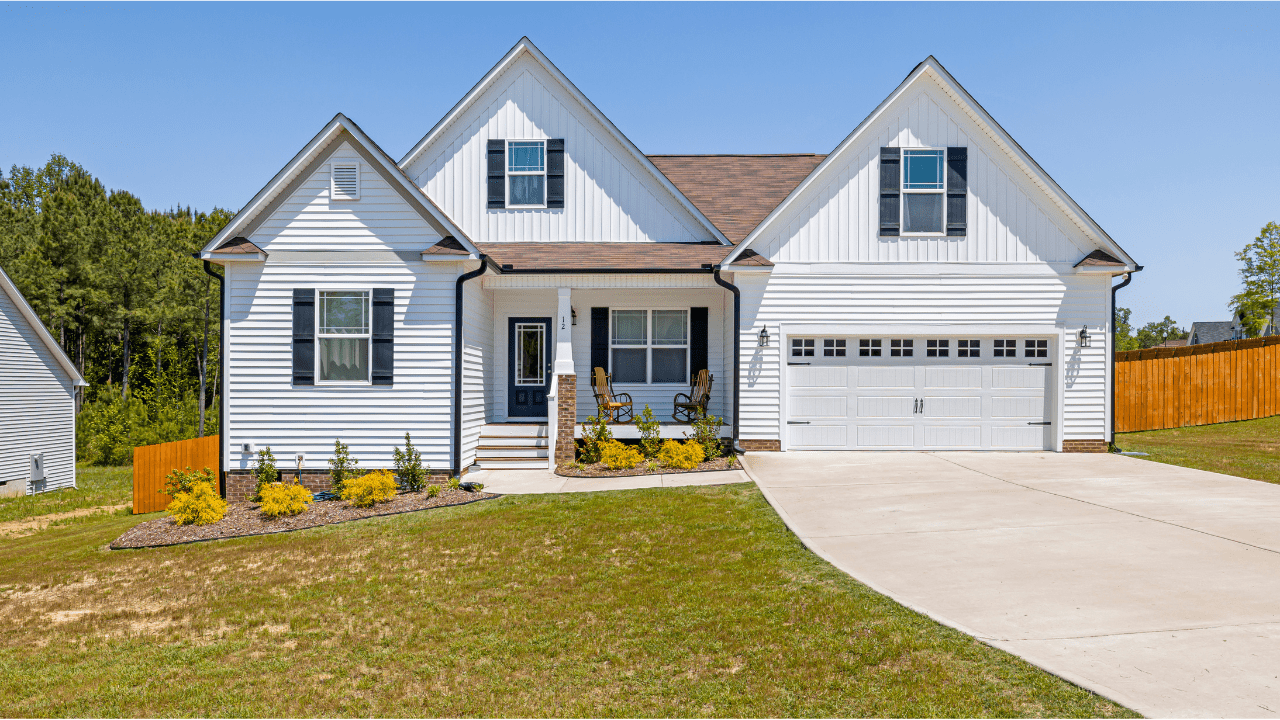Precast concrete, used to make products like tilt-up wall panels and precast beams, is shaped by pouring concrete into a refillable mold or “form” before curing it under controlled conditions and moving it to the construction site. On the other hand, cast-in-place concrete is poured into site-specific moulds and hardened there. Precast concrete is mixed, poured, and then allowed to cure offsite, typically in a factory setting with controlled conditions. Connecting precast concrete components can create a full structure to other components. Typically, it is utilized for structural elements, including wall panels, beams, columns, floors, stairwells, pipes, and tunnels. Precast concrete may be more cost-effective and useful than structural steel frames as an alternative to prefabricated structural components. Nowadays, many structures combine the two types of construction, occasionally adding structural steel, in-situ concrete, and precast concrete components.
Precast concrete has been created other than where it will be used. Most precast items are wet-cast in factories, although others, like tilt-up panels, are cast on location. Concrete pieces don’t need to be very big before moving them becomes unrealistic because concrete is heavy—typically 150 pounds per cubic foot. Some ornamental contractors who install precast concrete countertops push the limits of what is feasible to move in terms of size and weight by creating specialized rigs to move enormous sections of their concrete work. Other times, like with concrete floors and slabs, it is easier to cast the concrete in place since the convenience outweighs the benefits of precasting.
Manufacturing Process of Precast Concrete
Precast concrete components are made in enclosed factories under carefully controlled circumstances. As a result, waste can be reduced, tolerances can be precisely controlled, and denser, stronger, and higher-quality concrete can be created. Concrete is transferred into molds and allowed to harden. Steel or plywood are typically used to make precast shapes. Precasting with steel forms allows for nearly unlimited casting production, whereas plywood forms can often only produce 20–50 castings, depending on the form’s complexity. Steel reinforcement is typically used in precast elements to resist loading strains. Corrosion of this reinforcement is a typical factor in the deterioration of concrete structures. Therefore, they must be properly designed and set into the concrete.
Concrete admixtures can be added during the manufacturing process. These can be water-reducing, air-entraining, retarders, and accelerators for a quicker cure time. Admixtures are used to enhance the quality of concrete in both its fresh and hardened states. Iron oxides, chrome oxides, and cobalt oxides are a few examples of color pigments that can be applied. Prestressed concrete is an alternative to precasting in which the structural part is subjected to stresses during manufacture to increase its strength and performance. Visit the page on prestressed concrete for further details.
Advantages of Precast Concrete
Precast concrete materials such as walls, beams, columns, and staircases are used in residential constructions. These items are in high demand in the building and construction sector because of how simple and quickly they can be constructed. The many advantages of precast concrete are mentioned below:
Quality Assurance
Precast concrete can be monitored for the main elements that control building quality, such as curing, temperature, mix design, and formwork. Therefore, a higher-quality building can be done. Precast concrete is made in-house and is safe for the environment. Precast concrete has a low environmental impact since it is created in part from recycled materials, such as fuel ash from the coal sector and blast furnace slag from the iron and steel industries. Additionally, it complies with LEED standards. The best part is that you will probably be able to choose a local manufacturer, maintaining your investment in your community and reducing delivery times, as there are about 3,000 precast manufacturers in the country.
Saves Construction Time
Construction using precast concrete is faster and less likely to experience project postponements. Precast concrete casting can be completed alongside other site activities, such as earthwork, surveying, and saving time.
Usage of Prestressed Concrete
Pre-stressed precast creates structural materials with high strength and load-bearing capacity, increasing clear span and reducing the size of structural parts’ cross-sections, among other benefits.
Safe Construction Platform
For the building of precast concrete, no raw materials need to be kept on site. Lowering the need for conventional formworks and props, waste, and labor creates a safe working environment. Every day, precast concrete gets stronger. Several viaducts in Europe that are hundreds of years old are stronger now than when they were first constructed.
Durability
Precast concrete structures survive longer and need less maintenance. The high-density precast concrete is more unaffected by dust buildup and is more resistant to acid attack, corrosion, impact, and surface gaps. Precast concrete is resistant to rust, mildew, the elements and fire, and weather. Precast concrete doesn’t require an umbrella, laughs at floods, and resists flames well. In contrast to inferior building materials that expand, contract, and degrade, it also endures many colder freeze-thaw cycles.
Cost-effective
Time is saved, productivity is increased, quality is improved, and safety is improved, which lowers cost. Precast concrete is easily installed on-site and has less of an impact. Precast concrete components arrive at their destination prepared for placement because they are manufactured offsite.
Aesthetics
The structures can use a variety of color and texture combinations because they are prefabricated in a regulated manufacturing setting. A large variety of forms and sizes to pick from with smooth finishing, increasing the aesthetic value of products. The days of drab, gray concrete construction are long gone. Precast offers a wide range of aggregates, shapes, colors, and finishes, giving you many possibilities. Other materials, including brick, stone, and granite, can be cast-in at the factory, cutting down on the time, staging, and money needed for on-site installation. You may create the desired look for the price and strength of precast concrete with a little imagination.
Conclusion
With expanding urbanization and construction activities, the popularity of this form of concrete is rising. The market has expanded due to the construction industry’s transition to using cost-effective, environmentally friendly, and modern construction methods. As a result, the market will profit from the growing number of construction projects undertaken by developing nations to modernize their outdated infrastructure.




